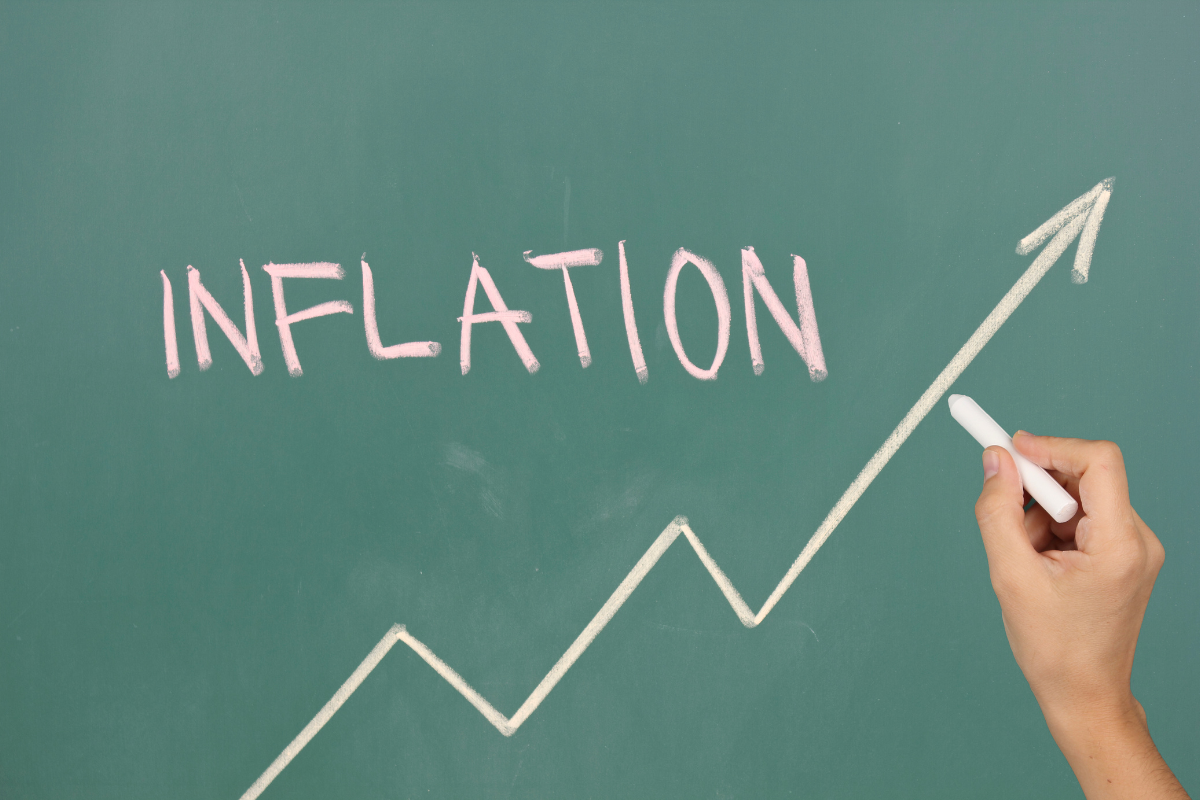In the ongoing discourse surrounding climate change and economic stability, the phenomenon of “greenflation” has emerged as a crucial topic of analysis. A recent article from the Centre for Economic Policy Research highlights how the transition to a greener economy is inducing inflationary pressures, necessitating a careful examination of policy instruments and the regional and sectoral heterogeneity that influences these dynamics.
The concept of greenflation refers to the rising costs associated with the shift towards sustainable energy sources and environmentally friendly practices. As governments worldwide implement policies aimed at reducing carbon emissions and fostering renewable energy, sectors such as energy, transportation, and manufacturing are experiencing price increases.
These hikes are attributed to the accelerated demand for clean technologies and materials, alongside supply chain disruptions exacerbated by the global pandemic.
Central to understanding greenflation is the recognition that its effects are not uniform across regions and sectors. The article emphasizes the importance of local contexts in shaping how green policies impact inflation.
For instance, areas heavily reliant on fossil fuels may face steeper increases in energy costs as they transition away from traditional energy sources, whereas regions with robust renewable energy infrastructures may experience less pronounced price rises.
Moreover, the article discusses the variability of policy responses among nations. While some governments are aggressively pursuing green initiatives through subsidies and incentives for renewable energy projects, others may lack the framework to support such transitions effectively. This disparity can lead to uneven economic impacts, where some regions may flourish in a green economy, while others struggle to adapt, exacerbating economic inequalities.
The authors advocate for a multifaceted approach to policy design, taking into account the specific needs and capacities of different regions and sectors. Policymakers are urged to consider a mix of financial instruments, such as carbon pricing, investment in clean technologies, and targeted support for vulnerable industries, to mitigate the adverse effects of greenflation while promoting sustainable growth.
The analysis of greenflation presents a complex interplay between environmental policies and economic realities. As the global community grapples with the challenges of climate change, understanding the regional and sectoral nuances of this issue will be vital in crafting effective policy responses that balance sustainability with economic stability.



